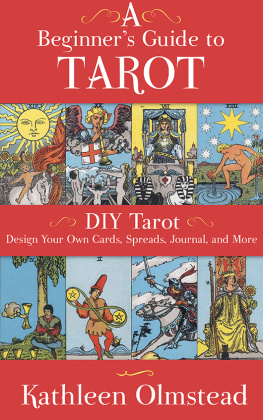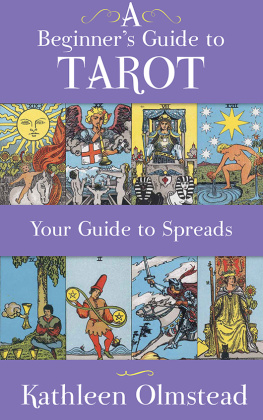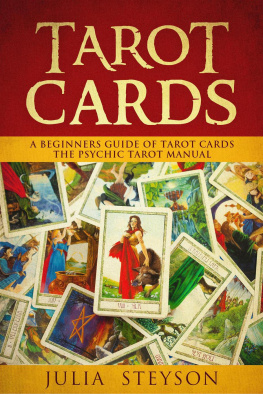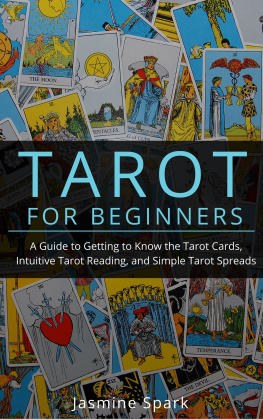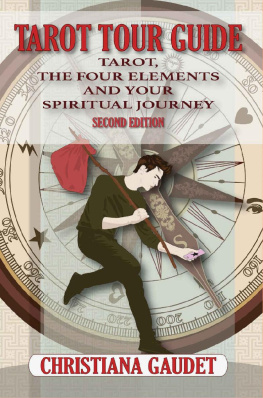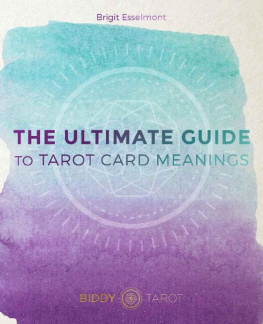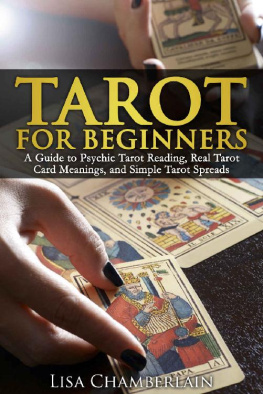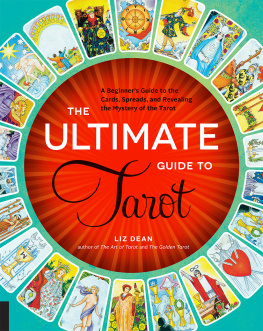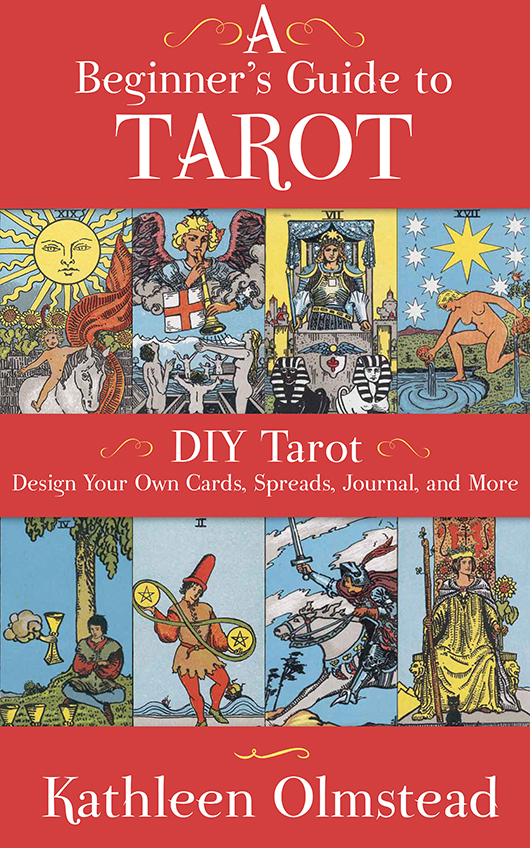As time goes on youll probably have one or two subjects that you focus on more than others. Whether its work, school, friends, or trying to decide on a career, you will more than likely have a layout or two that is most effective. Its likely that this system is working out just fine for you. However, its also possible that you have a nagging question that keeps popping up, and no matter how efficient your favorite spread is, it seems to be missing something. Maybe its time for you to design your own spread.
Design some prototypes and try them out a few times. If they dont provide a sufficient response, modify them until they do. You might find that your readings will have an extra bit of insight. But dont get into a rut and rely solely on spreads of your own making. Spice things up every once in a while and try different layoutsnew ones, old favorites, a layout that someone else has created. Take as many different paths as you need.
By now youve had a lot of experience and practice with the tarot. Its not old hat but it feels comfortable. You can look at a spread and see where the story is going. When you examine each individual card, you know how to tie it in to its position (even without knowing the question). A dozen times a day you see something that relates to the tarot. A friend tells you about a trip she is taking and the Eight of Wands comes to mind. Someone offers advice for a problem and youre this close to calling him a Hierophant. Its at this point that you may decide to take your experience one step further.
More than creating your own spreads or opening statement, when you design your own cards youre changing your entire experience. It becomes intensely personalized, as the cards are your own view into the insight of the tarot. This is not an exercise for a new Reader. As you can imagine, youll need to know a great deal about the tarot. And please remember that there are 78 cards in the deck, so this isnt an overnight project!
One of the reasons tarot cards work for a wide variety of people is that their symbols are universal. They are designed to reach beyond age, gender, culture, class, and religion. Most likely, the cards you create wont serve this function, which is all right. The idea is to personalize the experience, not broaden it.
The cards contain promptssignals that will help you make that leap to the next level. When you learned the art of tarot, you followed someone elses (however well-planned) prompts. Its your turn now. Remember the ars memorativa and develop your own system of clues and symbols. You will find this project to be (much like life and tarot itself) made up of opposing forces. On the one hand, it requires a great deal of work and patience to finish the task. But there will also come a time when you have the deck in hand and it will feel as natural as breathing.
You dont have to work exclusively with pictures. Include words or phrases if they help. The problem with words is that they are often too limiting. If you write the word dog, the image it brings to mind is a dogpure and simple. If you draw a picture of a dog riding a unicycle and juggling bones, we see playfulness, boundless energy, freedom, silliness, and responding to the animal side of nature, which lets us be more instinctual and not so concerned about what others think.
Thats the picture as a whole. Now break it up into pieces and respond to each bit. The dog, the unicycle, and the juggling all carry their own significance. This is another of the reasons that pictures are used rather than wordsit is much easier to convey meaning within meaning. One picture can say something that would take paragraphs to explain.
If there is a word or phrase that suits you and is just the prompt youll need, then by all means use it. These cards are for you. Perhaps dog says it all and sends you to the appropriate place. You could step it up a notch, though, by using Ginger instead. (Lets say you had a dog named Ginger.) Writing dog is general, while Ginger is specific. It says loyalty, love, and a creature that stuck by you through thick and thin. Ginger will remind you of all that, plus warm feelings and memories. You will now be able to put so much more into the reading.
Colors
Devise a plan for colors. This will signal the significance of the card to you in a more subtle way. You wont need a special color to represent every emotion or intention (nor does a color have to represent something every time it appears on a card). You will find it useful, however, to know that red is a sign of action, or passion, or whatever you think is best. Keep the list short, though. If you assign meanings to 20 or 30 colors (everything from chartreuse to sea foam), youll only make things more complicated. Trust yourself. You dont need all the answers in front of you. All you need is the tip of the iceberg and youll know everything thats hiding underneath.
Reverse Readings
Does all of this seem confusing yet? Sorry, Im about to add one more element. Dont worry, though, its more of a consideration than an actual task.
Remember that everything youve designed to be read in the upright position also has a reverse meaning. You dont have to draw or include anything that is relevant only to the reverse (though you can, by all means), but keep this in mind as you make up your design.
Ginger in reverse may remind you of the time she ate your shoes or ripped apart your favorite stuffed animal. Or when she ran away and was gone for two daysthat didnt feel like loyalty. It just made you sad.
The point is that any picture, work, or phrase you include needs to have a possible opposite meaning. This is something that will translate well for you with either reading.
Card DeckStep-by-Step
If you decide that youre ready to make your own deck, dont wake up the next day and start cutting, pasting, and coloring. Its something that you need to keep in mind for a while.
1. Start a dedicated journal to collect your thoughts and observations, clippings, and sketches. Include not just descriptions of what has happened during readings but also of things youve seen and experienced in your daily life.
2. Go through your old tarot journal. Look for moments or comments that stand out. Copy these into your new design journal.
3. Start with the Major Arcana. Assign at least one page to each card. What characteristics do you think represent the Fool? After all the time that youve spent with the Fool, encountering him in surprising places and listening to his advice, you must have a few thoughts of your own about what part he plays in your life. Work your way from the Fool to the World.

